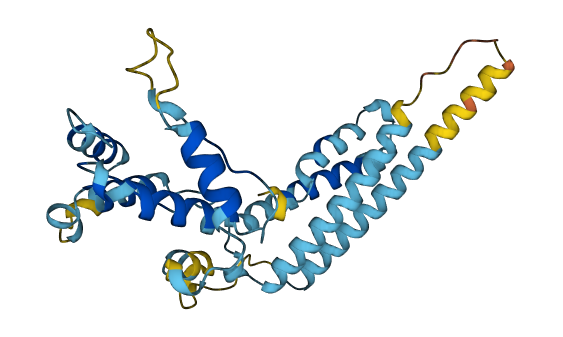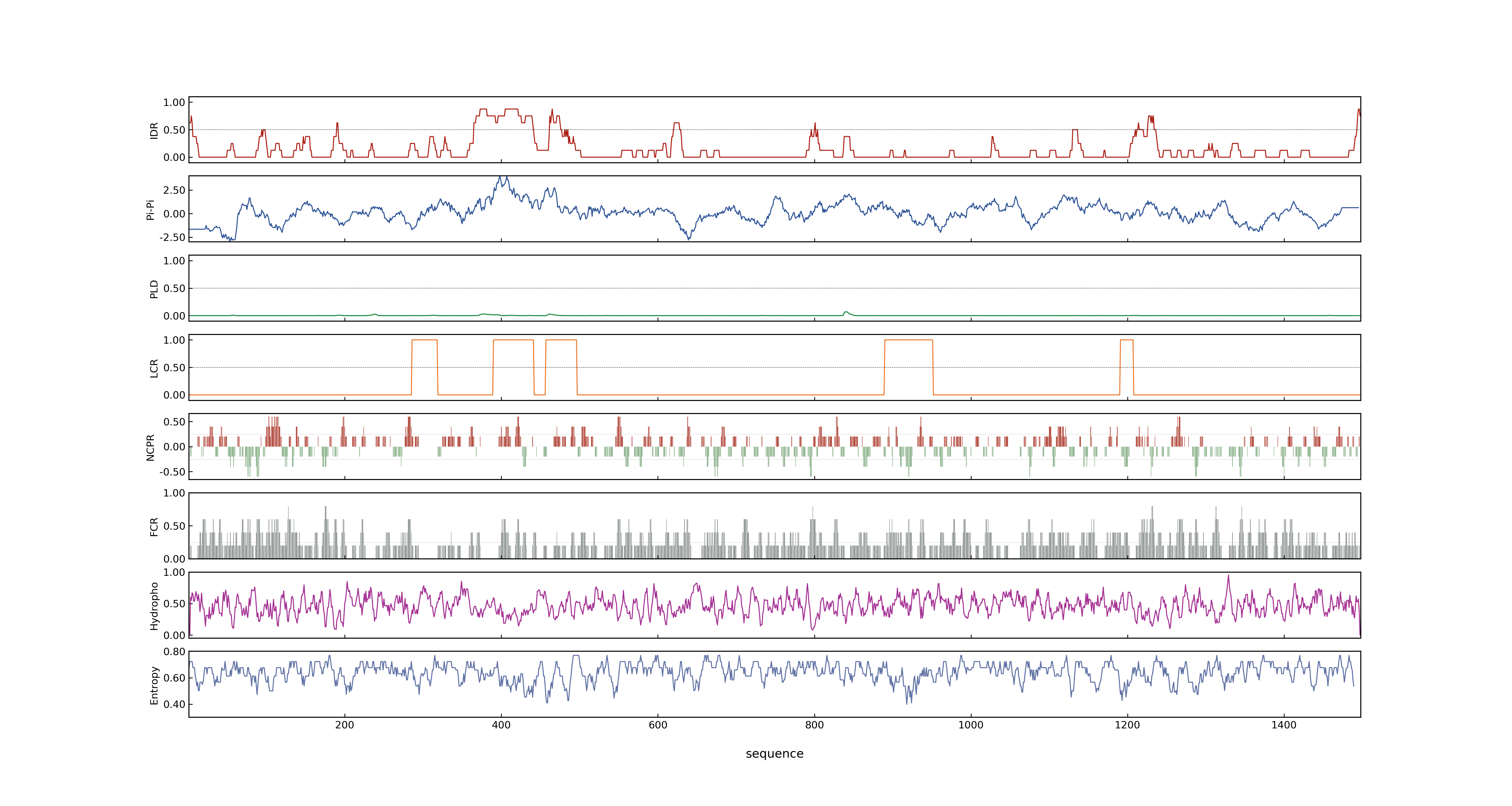- Information
- Symbol: Pi36
- MSU: None
- RAPdb: None
- PSP score
- Not available
- PLAAC score
- Not available
- pLDDT score
- 78.98
- Protein Structure from AlphaFold and UniProt
- MolPhase score
- LOC_Os08g05440.1: 0.99971872
- MolPhase Result
- Publication
- Study on the interaction between methyl jasmonate and the coiled-coil domain of rice blast resistance protein Pi36 by spectroscopic methods, 2012, Spectrochim Acta A Mol Biomol Spectrosc.
- The in silico map-based cloning of Pi36, a rice coiled-coil nucleotide-binding site leucine-rich repeat gene that confers race-specific resistance to the blast fungus, 2007, Genetics.
- Genetic and physical mapping of Pi36t, a novel rice blast resistance gene located on rice chromosome 8, 2005, Mol Genet Genomics.
- The effect of the rice blast resistance gene Pi36 on the expression of disease resistance-related genes, 2010, Chinese Science Bulletin.
-
Genbank accession number
- Key message
- To physically map this locus, the Pi36(t)-linked markers were mapped by electronic hybridization to bacterial artificial chromosome (BAC) or P1 artificial chromosome (PAC) clones of Nipponbare, and a contig map was constructed in silico through Pairwise BLAST analysis
- Genetic and physical mapping of Pi36(t), a novel rice blast resistance gene located on rice chromosome 8
- The effect of the rice blast resistance gene Pi36 on the expression of disease resistance-related genes
- Interaction between the coiled-coil domain of rice blast resistance protein Pi36 and methyl-jasmonate (MeJA) was studied by fluorescence and UV-vis spectroscopic techniques
- Study on the interaction between methyl jasmonate and the coiled-coil domain of rice blast resistance protein Pi36 by spectroscopic methods
- The Pi36-encoded protein is composed of 1056 amino acids, with a single substitution event (Asp to Ser) at residue 590 associated with the resistant phenotype
- The induction of the expression of genes from both of these families suggests that both the JA and SA pathways are involved in Pi36-mediated defence
- The resistance gene Pi36 confers a stable and high level of resistance against Chinese isolates of the rice blast pathogen Magnaporthe oryzae
- The binding sites of MeJA with the coiled-coil structural domain of rice blast resistance protein Pi36 were found to approach the microenvironment of both Tyr and Trp by the synchronous fluorescence spectrometry
- The distance r between donor (the coiled-coil domain of rice blast resistance protein Pi36) and acceptor (MeJA) was obtained according to Forster theory of non-radioactive energy transfer
- The indica rice variety Kasalath carries Pi36, a gene that determines resistance to Chinese isolates of rice blast and that has been located to a 17-kb interval on chromosome 8
- Constructs containing each candidate gene were transformed into the blast-susceptible variety Q1063, which allowed the identification of Pi36-3 as the functional gene, with the other two candidates being probable pseudogenes
- Pi36 is a single-copy gene in rice and is more closely related to the barley powdery mildew resistance genes Mla1 and Mla6 than to the rice blast R genes Pita, Pib, Pi9, and Piz-t
- The in silico map-based cloning of Pi36, a rice coiled-coil nucleotide-binding site leucine-rich repeat gene that confers race-specific resistance to the blast fungus
- Connection
Prev Next

